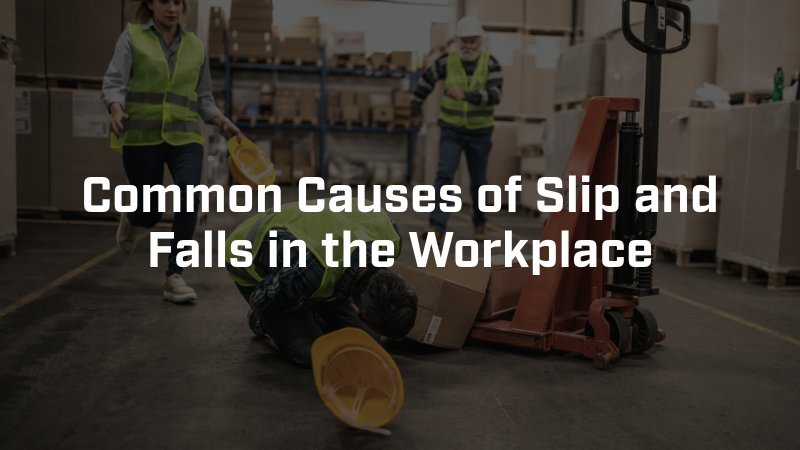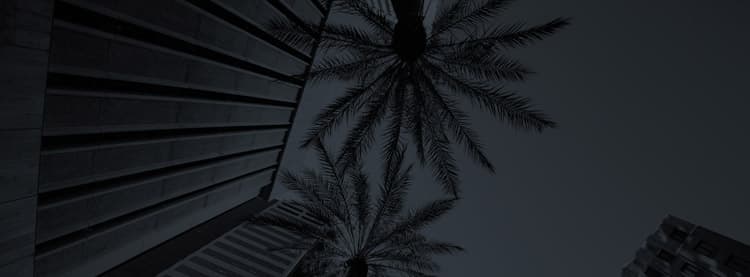Slip and fall injuries can occur anywhere, even in the workplace. In fact, slip and fall injuries in the workplace are not uncommon at all. The reality is that these types of injuries are 100% preventable but often lead to time away from work for injury victims, major medical bills, and even long-term health consequences. Here, we want to review some of the most common causes of workplace slips and falls.

Common Causes of Slips
We want to focus on slips that can occur in the workplace because these typically have a different mechanism than trip injuries. Some of the most common causes of slips in the workplace include:
- Wet or Contaminated Floors. Spills and leaks are prime culprits, necessitating immediate cleanup and appropriate signage.
- Inadequate Cleaning and Maintenance. Accumulation of dirt and debris can make floors slippery.
- Unsuitable Footwear. Footwear with an inadequate grip can increase slip risks, especially on wet or slippery surfaces.
- Weather Conditions. Rain, snow, or ice can enhance the risk outdoors, making it essential to manage these conditions proactively.
Common Causes of Trips
- Cluttered Walkways and Poor Housekeeping. Objects left in pathways can easily trip individuals. Ensuring clear walkways is critical.
- Uneven or Damaged Flooring. Regular inspections and repairs are needed to address any uneven surfaces or damaged flooring in pedestrian walk areas.
- Electrical Cords and Equipment Hazards. Proper cable management and equipment storage can prevent these trip hazards.
- Unsecured Rugs and Mats. These should be anchored or secured to prevent them from becoming tripping hazards.
Common Causes of Falls
- Lack of Guardrails and Handrails. Especially in elevated areas, the absence of these safety features can lead to falls.
- Insufficient Lighting. Adequate lighting is essential to identify and avoid potential hazards.
- Incorrect Use of Ladders and Elevated Platforms. Proper training on the use and safety of ladders and platforms is necessary to prevent falls.
- Improper Stair Design and Maintenance. Staircases must be correctly designed, well-lit, and properly maintained to avoid falls.
Human Factors and Fall Incidents
Human behavior also plays a big role in most slip, trip, and fall accidents. Choices such as inappropriate footwear, distractions, rushing, and lack of awareness or training contribute to the occurrences of slips, trips, and falls. It’s crucial to address both environmental and human factors by maintaining clean and safe pathways, providing adequate training, and fostering a sense of safety and awareness in the workplace.
Employers can significantly reduce these risks through simple, cost-effective measures such as regular housekeeping, prompt hazard removal, and safety training. By understanding the common causes and implementing preventive strategies, workplaces can become safer for everyone involved.
Recovering Compensation After a Workplace Slip, Trip, or Fall
Individuals who sustain a slip, trip, or fall injury in the workplace should be able to receive compensation for their losses. In Arizona, workers’ compensation insurance is typically available for individuals, allowing them to receive complete coverage of their medical expenses related to the on-the-job injury. Additionally, if individuals are unable to work while they recover, a portion of lost wages will also likely be available.
However, recovering this compensation can present challenges. You may need to work with a workers’ compensation attorney in Arizona who can examine the facts of your case and help you move forward, including handling any appeals throughout the claims process.
